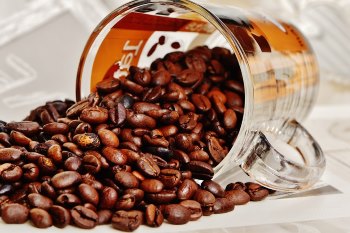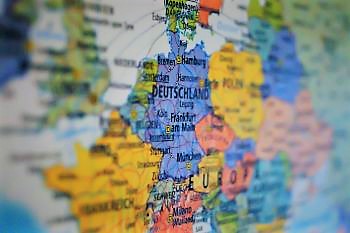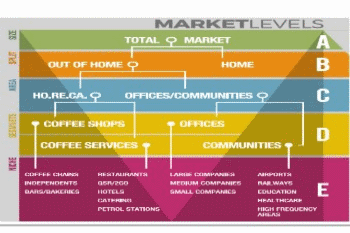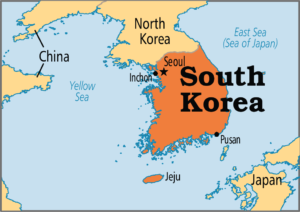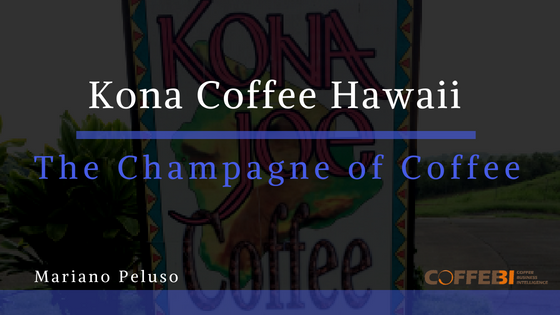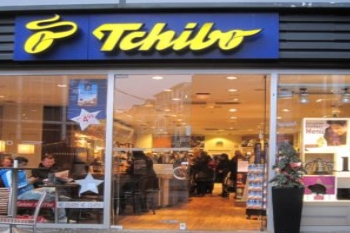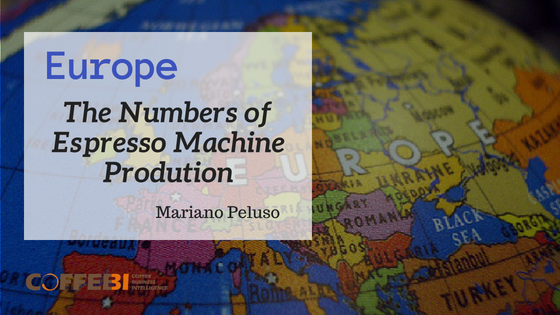The constant price changes are happening due to changeable weather conditions and climate change, since the damage to the Brazilian crop in 2014 resulted in the higher price instability. The increasing global production is resulting in the profit decline, especially affecting growers.
The International Coffee Organization is constantly trying to provide a more stable relationship between supply and demand, but the price wars between supermarkets have been emerging in recent years due to the fact that there is a risk that the premiums paid to smallholders will be crushed by the supermarkets. [Sign in to continue]


